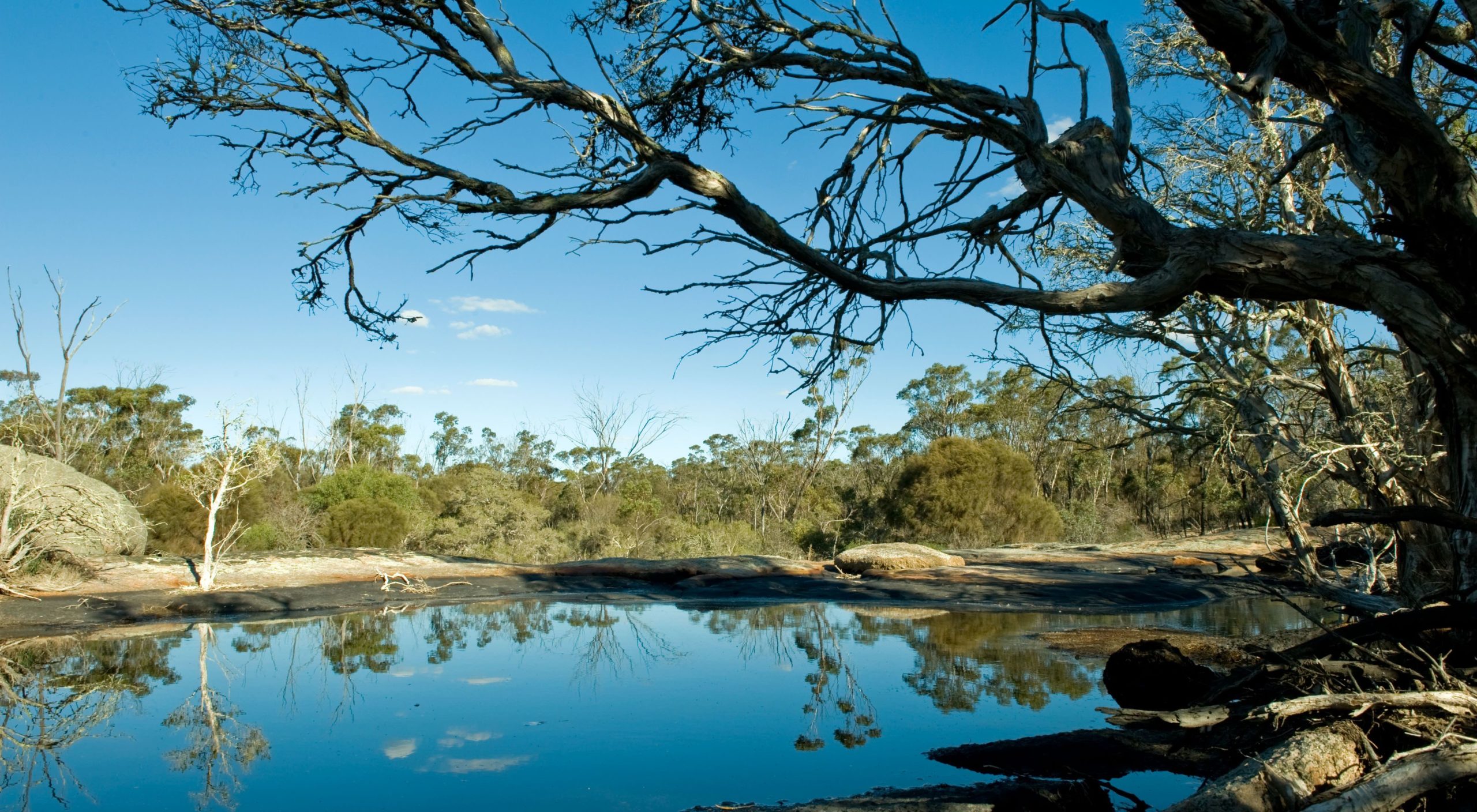



Shade netting and high-density planting are two water-saving technologies being promoted for Western Australian vegetable and fruit growers. Research results on research projects looking at using water more efficiently to minimise costs and improve productivity, profitability, and sustainability were presented at the WA Horticulture Update 2021 in November last year. More than 120 growers and other supply chain stakeholders from across the state attended the WA Horticulture Update to learn about the latest research and commercial developments. The Department of Primary Industries and Regional Development (DPIRD) of Western Australia has been collaborating with the avocado sector and vegetable growers in North Wanneroo to test new technology and evaluate better management practices.
As part of a five-year national research initiative, research scientist David Rowe has been tracking the impacts of shade netting and high-density planting in an avocado orchard in Carabooda. Hort Innovation is carrying out the research as part of the National Tree Crop Intensification in Horticulture Program’s inquiry into the avocado, almond, citrus, macadamia, and mango system intensification potential. By reducing wind speed, temperature, and solar radiation, shade netting can boost fruit yield and quality by providing a more favourable microclimate for the trees. Fruit drop and sunscald may be reduced as a result of the enhanced protection. The trial is also evaluating typical low-density plantings independently with and without netting, as well as comparing high-density plantings with low-density plantings either with or without netting.
Mr Rowe stated that although the experiment was only in its second year and the trees were still too young to produce clear trial results, the netting had already changed the microclimate significantly. “We discovered that the netting lessened temperatures by 1.5 degrees Celsius and reduced maximum wind speeds by up to 20%,” he stated. This lowers evapotranspiration, which will likely lead to better growth conditions for the trees and improved fruit harvests and quality. The research also revealed management changes that are needed with shade nettings, such as more extensive pruning and the use of growth retardants to keep trees below the netting’s height. Officers from the Department of Agriculture have been helping local growers to place soil moisture sensors to show how water travels through the soil profile during various weather situations.
Article by: Hari Yellina (Orchard Tech)